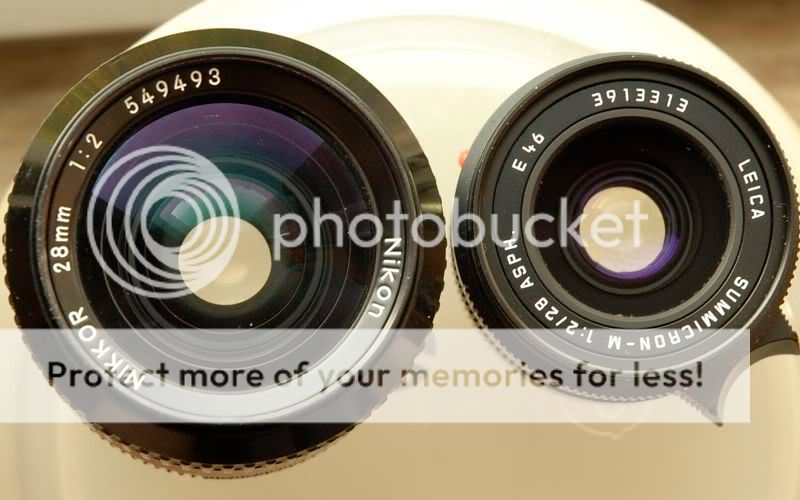Hi there!
I understand that this refers to aperture but what exactly does this mean?
For example, a lens that can be stopped down to 2.8 over an indentical lens with a max aperture of f4 is understood to be 'faster' Can you explain? Thanks very much!
I understand that this refers to aperture but what exactly does this mean?
For example, a lens that can be stopped down to 2.8 over an indentical lens with a max aperture of f4 is understood to be 'faster' Can you explain? Thanks very much!














